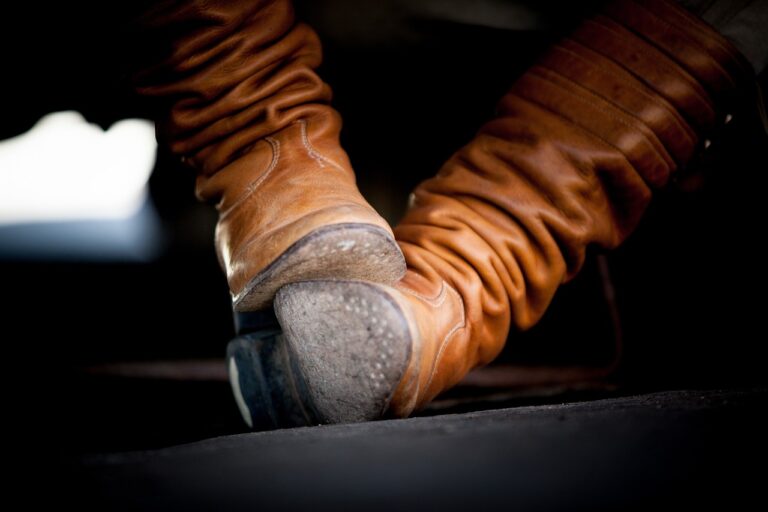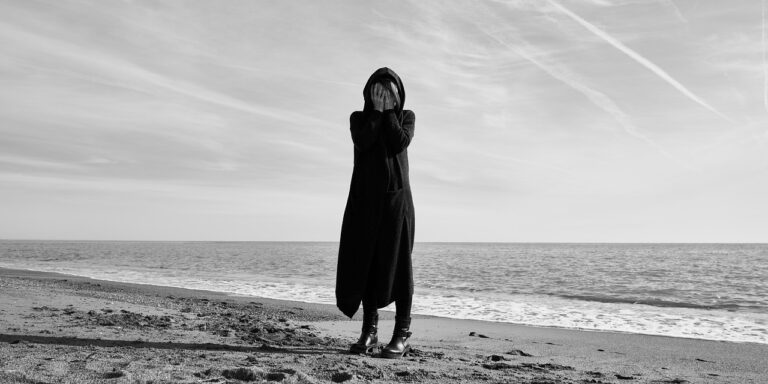Fashion and Literature: Depictions of Style in Famous Literary Works
Fashion in literature has long served as a powerful tool for authors to convey themes, characters, and social commentary. From Jane Austen’s detailed descriptions of Regency-era attire to F. Scott Fitzgerald’s depiction of the lavish styles of the Roaring Twenties, clothing plays a significant role in setting the tone and atmosphere of a story.
In many literary works, the descriptions of characters’ clothing can provide readers with valuable insights into their personalities, social status, and motivations. By carefully detailing the fabrics, colors, and styles of garments worn by characters, authors can enhance the reader’s understanding of the characters’ complexities and inner workings.
The Influence of Clothing on Character Development
In literature, clothing serves as a powerful tool to convey essential information about a character’s personality, social status, and even their internal struggles. The choice of attire can provide readers with insights into the character’s background, values, and overall development throughout the story. From a character opting for a classic suit to portray professionalism and authority to another donning colorful and eccentric outfits to showcase creativity and individuality, clothing plays a significant role in shaping the narrative and enhancing the reader’s understanding of the characters.
Moreover, the evolution of a character’s wardrobe can symbolize their personal growth, changing circumstances, or shifting alliances. For example, a character who transitions from wearing tattered, hand-me-down clothes to sporting elegant, tailored ensembles may signal a rise in status, confidence, or a newfound sense of self-worth. By paying attention to the subtle changes in a character’s clothing choices, readers can uncover layers of meaning and gain deeper insights into the character’s journey and development throughout the storyline.
How does clothing play a role in character development?
Clothing can be used in literature to symbolize a character’s social status, personality, or inner turmoil. The choice of clothing can provide insight into a character’s background, beliefs, and values.
Can you give examples of how fashion has been used in literature to develop characters?
Sure! In F. Scott Fitzgerald’s “The Great Gatsby,” the extravagant clothing worn by characters like Jay Gatsby and Daisy Buchanan symbolizes their wealth and superficiality. In Charlotte Bronte’s “Jane Eyre,” the plain and simple clothing worn by Jane reflects her humble and unpretentious nature.
How does fashion in literature differ from real-life fashion?
While real-life fashion is constantly changing and influenced by trends, fashion in literature is often used as a storytelling device to convey deeper meanings about characters and their development. In literature, fashion choices are deliberate and symbolic, whereas real-life fashion is more about personal expression and following trends.
Can clothing be used to foreshadow events in a story?
Absolutely! Clothing choices can foreshadow future events or character developments in a story. For example, a character wearing all black may foreshadow a tragic event, while a character wearing bright colors may foreshadow a positive change in their life.
How can readers analyze the clothing choices of characters in literature?
Readers can analyze the clothing choices of characters by paying attention to descriptions of clothing in the text, considering the context in which the clothing is worn, and looking for patterns or changes in a character’s clothing throughout the story. By analyzing these details, readers can gain a deeper understanding of the characters and their development.





